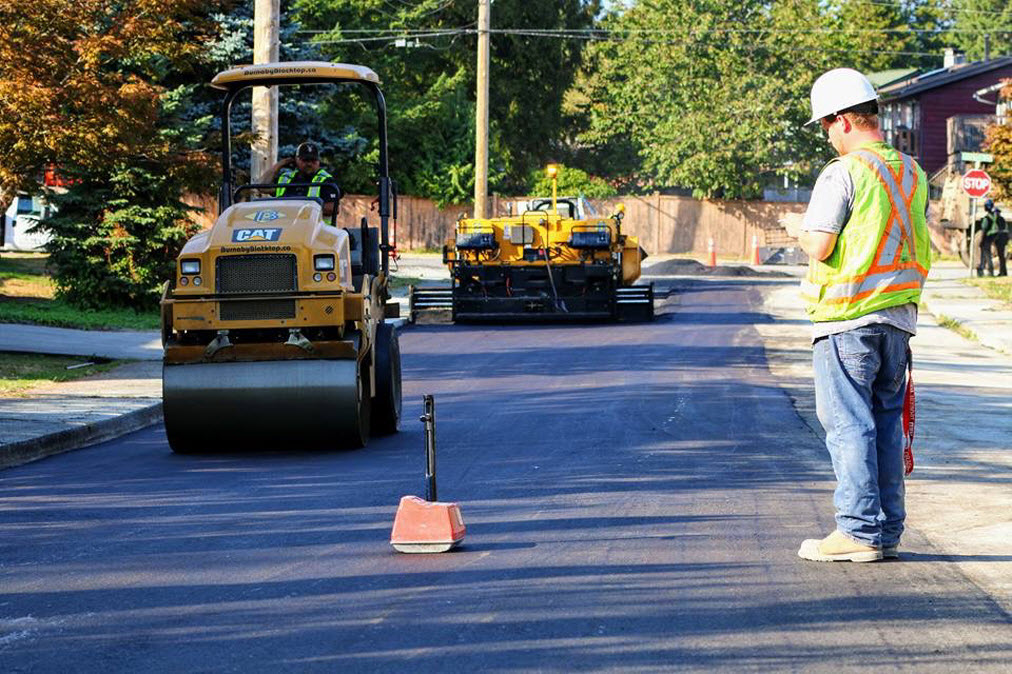Winter is coming, and with it comes a slew of challenges for your pavement, including big snowfalls, freezing temperatures, and added moisture when all of that precipitation starts to melt. As professionals with decades of experience in the field, our contractors at Burnaby Blacktop cringe when we see people sit idle in the fall with the damaged pavement. By not being proactive with asphalt sealcoating, crack sealing, and other asphalt maintenance in the autumn, property owners will likely face much more serious asphalt repair to deal with after winter breaks into spring. To prevent the build-up of excessive damage, be proactive this fall with these three simple asphalt maintenance tips.
Be Mindful of Standing Water
As cool autumn rains start to compile in the Greater Vancouver Area, turn a key eye to how your asphalt and pavement are reacting to them. If you notice standing water forming on your asphalt, this is a good indicator that there may be a big problem with the asphalt base underneath the surface. Any standing water you notice in the autumn may translate to icy patches in winter as a more immediate concern. This, of course, can lead to slips and falls. If left untreated, the asphalt depression could transform into a pothole in winter or by winter’s end. If you catch it early, a simple asphalt repair like a levelling patch could suffice. If the depression collecting water is a significant size, a more involved asphalt repair technique – such as installing a drain – may be required.
Asphalt Sealcoating Before Winter Hits
If you haven’t been keeping up with seal coating, now is the time. Ideally, asphalt seal coating is done every three to six years to protect the integrity of the surface. In short, the seal coating provides a protective layer to your asphalt pavement that shields it from potential damage caused by water, UV light exposure, and spilled oil, among other things. Seal coating should be done for the best results when the ambient nighttime temperatures are still above 10 degrees Celsius and either before the leaves fall or after they are all raked and removed. Loose leaves while sealing your asphalt can make for an unnecessary challenge. If you haven’t sealed your asphalt pavement in a few years, consider having it done soon to best protect against the demanding winter to come.
Crack Sealing and Filling
The most noticeable problems with asphalt pavement are when cracks start to appear. Cracks themselves are not an issue, but when the moisture from rain and snowmelt penetrate your asphalt, it can cause serious damage to the base, eventually leading to larger cracks and potholes. More water will get into the base with bigger cracks and holes, and the problem will continue to perpetuate. The winter months bring the most precipitation to the Greater Vancouver Area, so now is the time to tackle any asphalt crack sealing projects before becoming major issues later in the winter or spring.
With winter comes a lot of challenges, not the least of which involve your asphalt pavement. If you have noticed visible issues with your pavement or are due for a sealcoating job, now is the time. Instead of making matters worse come spring, give Burnaby Blacktop a call today and get a jumpstart on winter!
